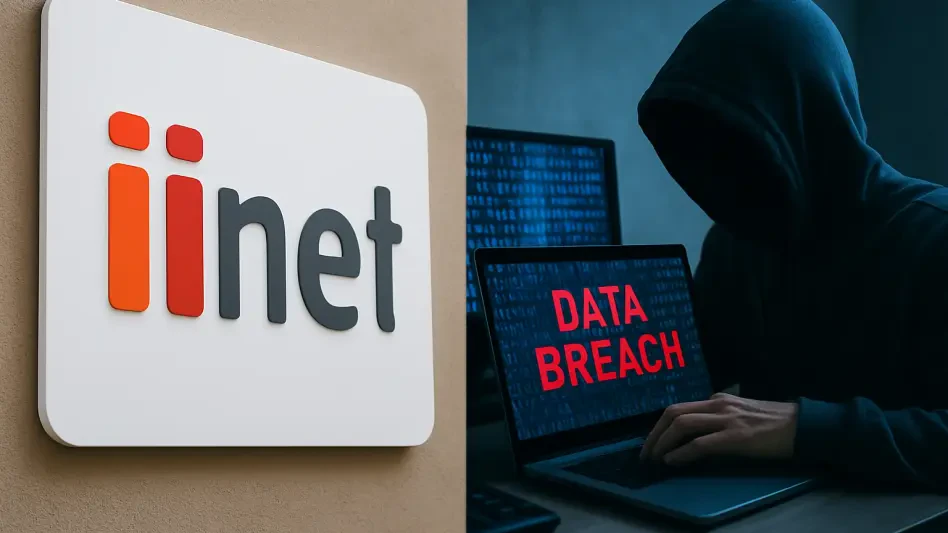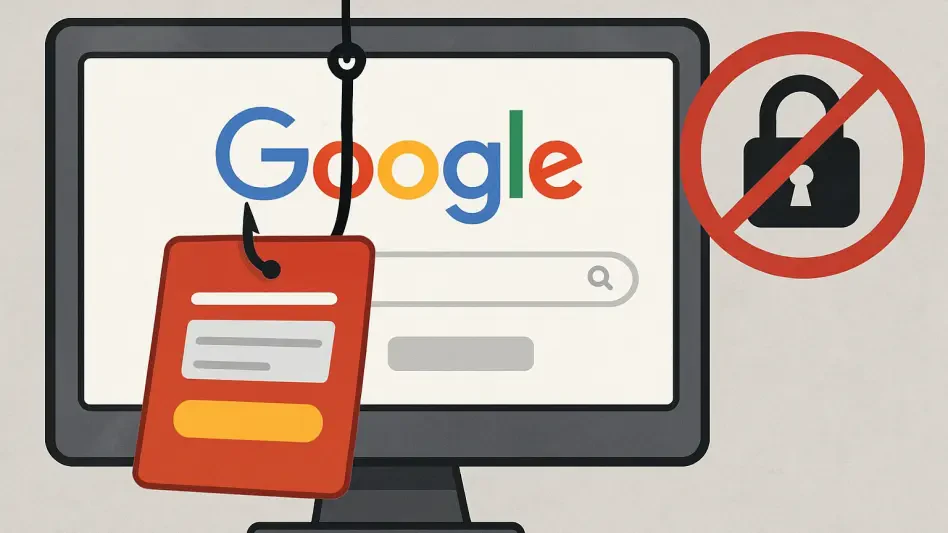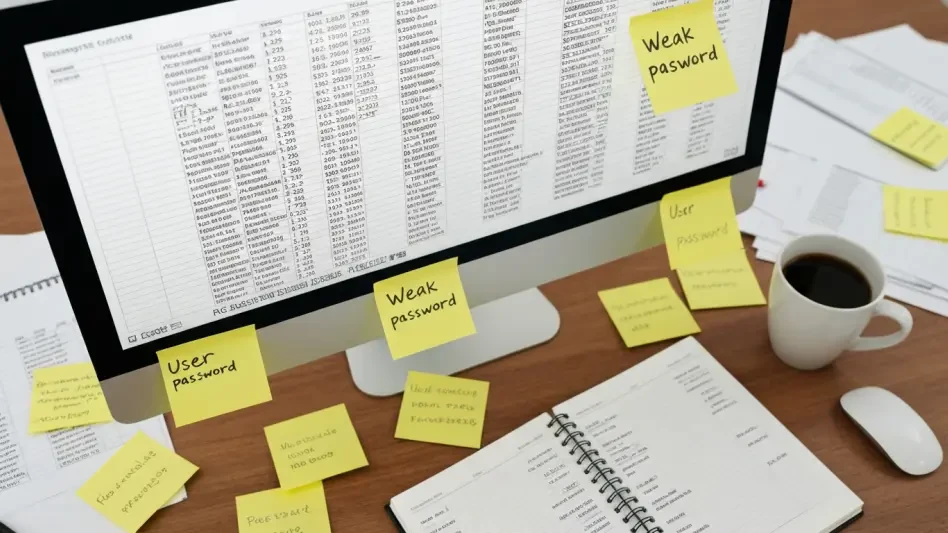What happens when a trusted name in internet services becomes a gateway for cybercriminals? On August 16, a staggering breach at iiNet, Australia’s second-largest internet provider under TPG Telecom, exposed the personal details of over 280,000 customers, shaking confidence in digital security. Email addresses, phone numbers, and even modem passwords fell into the wrong hands. This isn’t just a corporate mishap—it’s a glaring signal that no one is immune to cyber threats. Dive into the unraveling of this crisis and what it means for every Australian relying on the internet.
Why This Breach Hits Home for Australians
The significance of the iiNet breach extends far beyond the affected customers. With cybercrime escalating across the nation, this incident joins a disturbing trend, reminiscent of the Optus hack that compromised the data of 2.1 million Australians. It raises a critical question: how secure are essential services in an era where digital attacks are commonplace? The breach underscores a national urgency to fortify cybersecurity, aligning with efforts like the 2023-2030 Australian Cyber Security Strategy, which aims to make Australia a global leader in cyber resilience by 2030.
This isn’t merely about numbers or statistics; it’s about trust. When a provider like iiNet, servicing hundreds of thousands, falls victim, it erodes confidence in the systems that underpin daily life. From online banking to personal communication, the ripple effects of such breaches touch every corner of society, demanding immediate attention to safeguard Australia’s digital future.
Digging Deeper: How the Attack Unfolded
The iiNet breach was no accident but a deliberate strike. An unauthorized third party infiltrated the company’s order management system using stolen employee credentials, a tactic often linked to infostealer malware. This malicious software has been responsible for harvesting thousands of logins across Australia, with studies showing over 30,000 banking credentials stolen in recent years. The stolen data included active email addresses, landline numbers, usernames, street addresses, and modem setup passwords for 280,000 customers, alongside information from inactive accounts.
Fortunately, no financial records or identity documents were compromised, according to TPG Telecom. Yet, the exposed information remains a goldmine for phishing scams and further cyber exploits. The precision of the attack highlights a glaring vulnerability in credential security, exposing how even robust systems can crumble when access points are breached.
TPG Telecom’s Rapid Response to Contain the Damage
Upon detecting the intrusion, TPG Telecom acted swiftly to limit the fallout. The company blocked further unauthorized access and activated a comprehensive incident response plan, bringing in external IT and cybersecurity experts to investigate and mitigate risks. Transparency was prioritized, with notifications sent to key authorities such as the Australian Cyber Security Centre, the National Office of Cyber Security, and the Office of the Australian Information Commissioner.
This prompt reaction demonstrates accountability, yet it also reveals the scale of the challenge. Even with immediate action, the breach had already compromised sensitive data, leaving customers vulnerable. TPG Telecom’s efforts to contain the damage mark a critical first step, but the incident raises questions about preventing such breaches before they occur.
Voices from the Field: Experts Weigh In on Cyber Risks
Cybersecurity specialists view the iiNet breach as a symptom of a larger, global problem. One industry expert remarked, “Stolen credentials are the Achilles’ heel of modern security—once attackers gain entry, the damage is almost inevitable.” This perspective aligns with data showing infostealer malware as a rising threat, often bypassing traditional defenses by exploiting legitimate logins.
The Australian government’s response to such trends is evident in the 2024 Cyber Security Act, the nation’s first dedicated legislation to combat digital threats. Experts agree that while corporate defenses are crucial, systemic change through policy and regulation is equally vital. The iiNet incident serves as a stark reminder that cybercrime evolves faster than many defenses, pushing for a united front against these persistent dangers.
Protecting Yourself: Steps to Stay Safe Post-Breach
In the aftermath of such a breach, individual action becomes paramount. Start by changing any potentially exposed passwords, particularly for modems or accounts linked to the compromised data, and ensure each password is strong and unique. Enabling two-factor authentication adds a critical layer of protection against unauthorized access, making it harder for attackers to exploit stolen information.
Beyond technical measures, vigilance is key. Monitor emails and phone communications for unusual activity, as cybercriminals may use the stolen data for targeted phishing attempts. Staying updated on TPG Telecom’s announcements regarding the breach can also provide specific guidance on risks and protective steps. Empowering oneself with these practical measures helps mitigate personal exposure while broader cybersecurity improvements take shape.
Reflecting on a Digital Wake-Up Call
Looking back, the iiNet breach served as a harsh lesson in the fragility of digital trust. It exposed not just the vulnerabilities within a major internet provider, but also the broader challenges facing Australia’s cybersecurity landscape. The incident reminded everyone that personal data, even seemingly mundane details, could become tools for harm in the wrong hands.
Moving forward, the focus shifted toward stronger safeguards—both at the corporate and individual levels. TPG Telecom’s response set a precedent for transparency, while government initiatives aimed to build a resilient digital framework. For Australians, the path ahead involved staying proactive, adopting robust security habits, and advocating for policies that prioritize data protection in an increasingly connected world.








